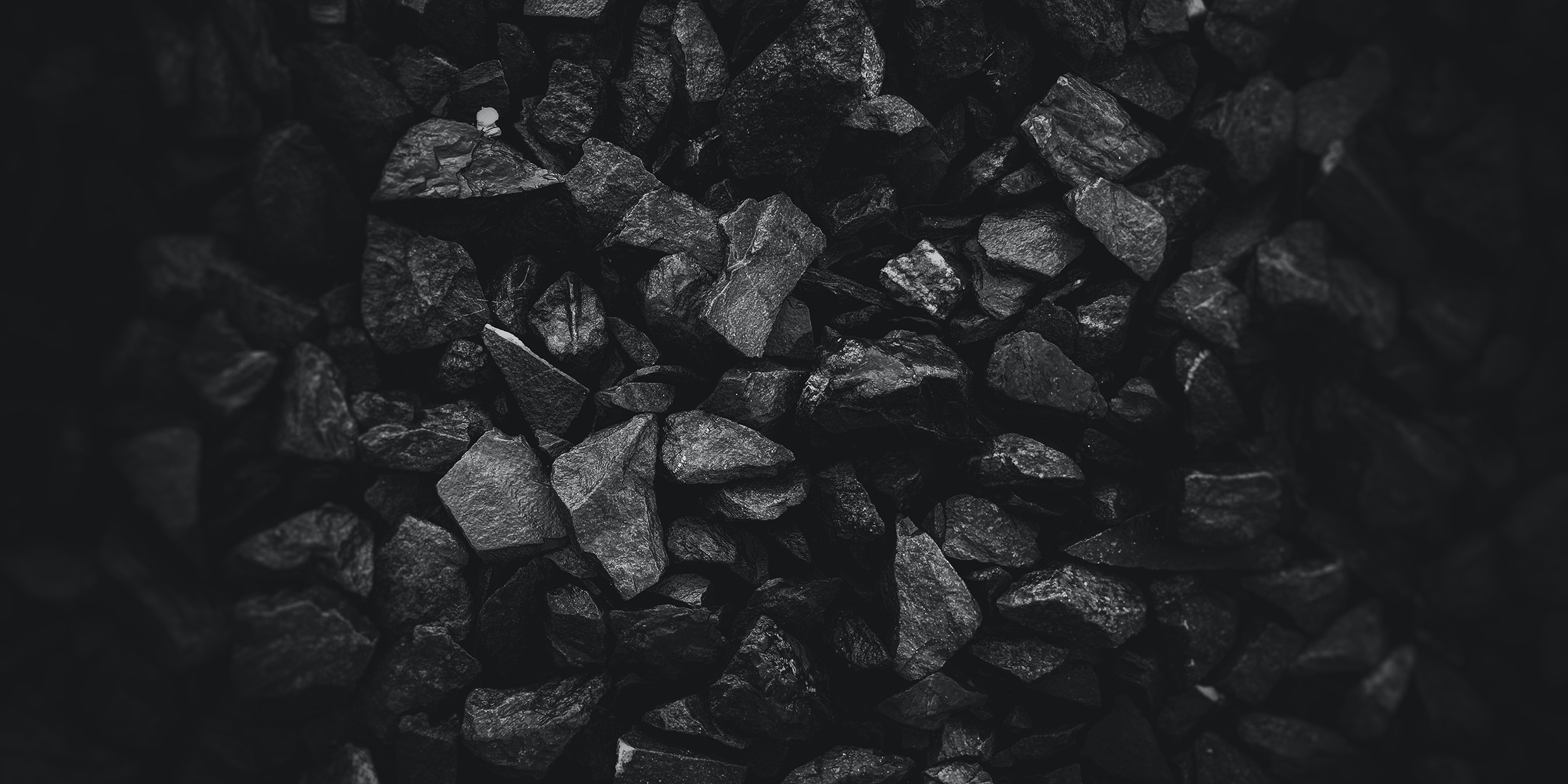Originally published 4 May 1992
Nothing puzzles environmental scientists more than the case of the missing carbon. No current mystery of science has so many potentially unpleasant consequences for the rest of us.
Here’s the story.
Each year humans dig or pump out of the ground billions of tons of carbon that have been buried by nature over hundreds of millions of years. The carbon is in the form of oil and coal. When these fuels are burned the carbon is released into the air as carbon dioxide. In addition, the burning of tropical forests for agriculture releases still more carbon dioxide into the atmosphere. Altogether, scientists estimate that human activities add about 7 billion tons of carbon to the atmosphere each year.
Carbon dioxide is a greenhouse gas. If all 7 billion tons of manmade carbon dioxide stayed in the atmosphere, global warming would be greatly accelerated. According to some calculations, the earth’s ices caps would melt and sea levels rise precipitously. Soon we would be riding gondolas in the streets of Boston and saying goodbye to Cape Cod.
Getting to the bottom of it
Fortunately, only about 3 billion tons of the carbon stays in the atmosphere. The rest is going somewhere but scientists don’t know where. The ocean is a likely place, but careful surveys by oceanographers suggest that only 1 or 2 billion tons of carbon ends up there. Plants take up excess carbon too, but biologists say not nearly enough to account for the missing quantity.
Each year several billion tons of carbon is vanishing into the blue. That’s the equivalent of a block of solid graphite a mile long on each side. And no one knows where to find it.
Well, I’ve got a few theories of my own.
Theory No. 1: We read in the paper of few weeks ago that scientists have found a giant mushroom growing in Michigan that infiltrates 37 acres of forest floor and weighs 22,000 pounds. The newly-discovered mushroom is the biggest living thing on Earth. And where there is one giant mushroom there are bound to be more. How did scientists manage to miss for so long a fungus that is as massive as a blue whale? Could these mushrooms be thriving on elevated levels of atmospheric carbon dioxide? Are giant carbon-loving mushrooms thriving under our very noses? Have you checked your lawn lately?
Theory No. 2: What about Nauru? The inhabitants of this tiny Pacific island nation presently enjoy the highest living standard in the world, based on the huge quantities of guano — bird excrement, an excellent fertilizer — that exist on the island. But the bird stuff is running out and Nauruans want to secure their future. Carbon, in the form of synthetic diamonds and spherical carbon molecules called buckyballs, has become the hottest material in the world of technology. With an island-spanning bank of electronic “scrubbers” Nauruans are sucking carbon dioxide out of the atmosphere. When they have stored a market-busting quantity of carbon, they will hold the rest of the world to economic ransom.
Theory No. 3: The Martians are taking it. Can it be a coincidence that flying saucer sightings and the atmospheric carbon deficit are peaking at the same time? The problem on Mars is exactly the opposite of the problem on Earth. The Martian atmosphere is mostly carbon dioxide and Martians rely on the greenhouse effect to keep the surface of their planet warm enough for life. Further, Martians are plantlike creatures with chlorophyll-pigmented skin — little green men — who photosynthesize energy from sunlight and carbon dioxide. A population explosion on Mars has made it necessary for them to steal carbon dioxide from us. Those flying saucers are Martian tankers, loading up in our atmosphere.
Theory No. 4: The missing carbon is not leaving the atmosphere because it was never there in the first place. Yes, the burning of fossil fuels adds the calculated amount, but humans are adding less than we used to. Animals exhale carbon dioxide with every breath and, to put it simply, people are breathing less. Blame it on our sedentary lifestyles. Instead of walking we drive, instead of making our livings by physical work we sit at computer terminals, instead of playing outdoors we lie on the couch in front of the TV. No more huffing and puffing. Our collective metabolism has slowed down. We exhale less carbon dioxide, and, fortunately, postpone global warming.
The dust ball factor
Theory No. 5: I hesitate to mention this last theory for fear of not being taken seriously. Have you looked under your bed lately? Am I the only one who thinks the number of dust balls is rising? Scientists have never explained the origin of the anomalous quantities of dust that accumulates under beds. I suspect that those dust balls are tangles of molecular carbon, gone missing from the global greenhouse. Soon, at a blockbuster press conference, I will announce to the media a new theory called “cold diffusion” to explain how the carbon migrates out of the atmosphere. Newspaper and TV journalists will fall all over themselves reporting this newest Holy Grail of science. Later on I may get around to publishing my ideas in a scientific journal.



